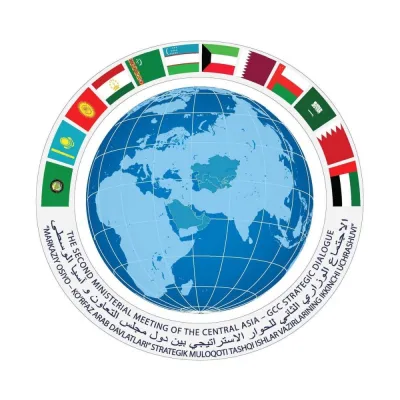Until few a months ago Nawang Thame, a Sherpa from the Jorsale village in the Khumbu region of Nepal’s Solukhumbu district, used to have sleepless nights because he was living in fear that the glacial lake Imja, located a few kilometres away from the world’s highest peak Mt Everest, could flood.
Nawang, 29, along with his neighbours made a temporary shelter and lived under tents in an open space and spent a few days in a “wait and watch” mode to survive further possible Glacial Lake Outburst Flood (GLOF). The danger, however, was seemingly over for a while and people started returning to their daily lives.
However, the community members in Jorsale, located at the bank of the Dudhkoshi River known for its milky water, could not rest until the Community Based Flood and Glacial Lake Outburst Risk Reduction Project at Imja was completed recently.
Nawang, who works as the chairman of a local club, said, “We are very happy that the project was completed successfully and the water level in Imja Lake has been lowered. It feels like we have been given a new life. There are no more fears and now we can sleep peacefully
after decades of worry.”
Nawang’s statement comes after Nepal formally announced last week the completion of the much-awaited and technically challenging climate change adaptation Imja Lake Lowering Project. The lake located just below the Island Peak was at immediate risk of bursting and had been posing a threat to the communities in the region for decades owing to rising global temperature.
Imja Lake, one of the biggest and most dangerous glacial lakes in the Himalayan country, is located at an altitude of 5,010m above sea level. The depth of the glacial lake is 150m and it has expanded by
1.28sq km.
According to research, the lake has been expanding annually since the 1960s as global temperatures have been on the rise. As the lake was posing a high potential risk of an outburst, the safety project was implemented by the Nepal army, who successfully lowered the water level by 3.4m and formed outlet channels for
excessive water.
“We started the project in April and it took us six months for its completion. It is a particularly challenging project due to the high altitude and extreme weather conditions. We only had a narrow window of three months to complete it, but we were successful,” Bharat Lal, Lieutenant Colonel from the engineering department of Nepal army, said.
Lal added that it was a technically difficult project as all the construction materials, including excavators, had to be carried by helicopters due to a lack of roads and transportation in the Everest region. He said it takes seven days of trekking to reach Imja Lake from the Tenzing Hillary Airport, located at Lukla, which is the nearest airport in the region.
Around 150 people including 40 army personnel and locals from Khumbu were mobilised for the state project that was under the auspices of the Department of Hydrology and Meteorology of Nepal. The project was jointly funded by the Global Environment Facility and United Nations Development Fund.
The project was initiated based on research carried out in 2014 on electrical resistivity tomography, ground penetrating radar and bathymetric design. Since the lake is located at the Sagarmatha National Park, which is a World Heritage Site and a major tourist destination, the threat was much higher than first anticipated.
Prabin Man Maskey, senior technical adviser at Imja Project, said, “We have installed GLOF sensors and these sensors are going to capture any GLOF activity. Six vulnerable locations have early warning sirens and we have 18 community-based early warning systems as well. So this way, any GLOF events that is going to happen is going to be captured and transmitted in real time. And, people will be able to save their lives if anything occurred.”
The community-based project has directly benefited more than 96,000 locals in the Khumbu region, as well as trekkers, guides and tourists. Under the project, various communities living downstream from the lake across the Dudhkoshi river corridor, have been provided with infrastructures for disaster prevention and
solutions to mitigate risk.

nepal flag


